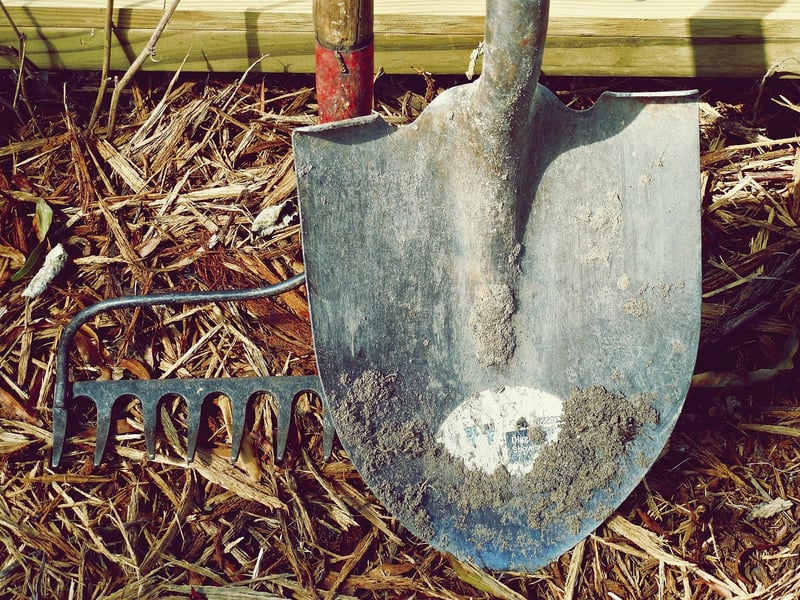Pruning Techniques
Keeping Your Garden Healthy: Essential Pruning Techniques
Welcome to the world of gardening! Whether you're a seasoned pro or just starting out, maintaining a healthy garden is key to beautiful blooms and thriving plants. One essential practice to keep your garden in top shape is pruning. Pruning not only helps control the size and shape of your plants but also promotes growth and flowering. Let's delve into some essential pruning techniques to help you maintain a vibrant and healthy garden.
1. Tools of the Trade
Before you start pruning, make sure you have the right tools handy. Essential tools include pruning shears, loppers for thicker branches, and a pruning saw for larger limbs. Keeping your tools sharp and clean ensures clean cuts that promote faster healing for your plants.
2. Timing is Key
Knowing when to prune is crucial. Different plants have different pruning requirements, but a general rule of thumb is to prune flowering shrubs right after they bloom, while dormant pruning for many trees is best done in late winter or early spring before new growth begins.
3. Techniques for Pruning
There are several common pruning techniques to master:
- Thinning: Removing excess growth to improve air circulation and light penetration.
- Heading Back: Cutting back a portion of a branch, often to encourage bushier growth.
- Deadheading: Removing spent flowers to redirect energy into new growth and blooms.
- Crown Cleaning: Removing dead, diseased, or crossing branches to maintain plant health.
4. Tips for Success
Here are some additional tips to ensure successful pruning:
- Start with small cuts and step back often to evaluate the plant's shape.
- Prune at a 45-degree angle just above a bud or lateral branch to promote healing.
- Remove any broken, diseased, or dead branches to prevent the spread of pests and diseases.
By mastering these pruning techniques and tips, you'll be well on your way to maintaining a healthy and vibrant garden. Remember, practice makes perfect, so don't be afraid to experiment and learn from your plants' responses. Happy gardening!

Image by skeeze from Pixabay
